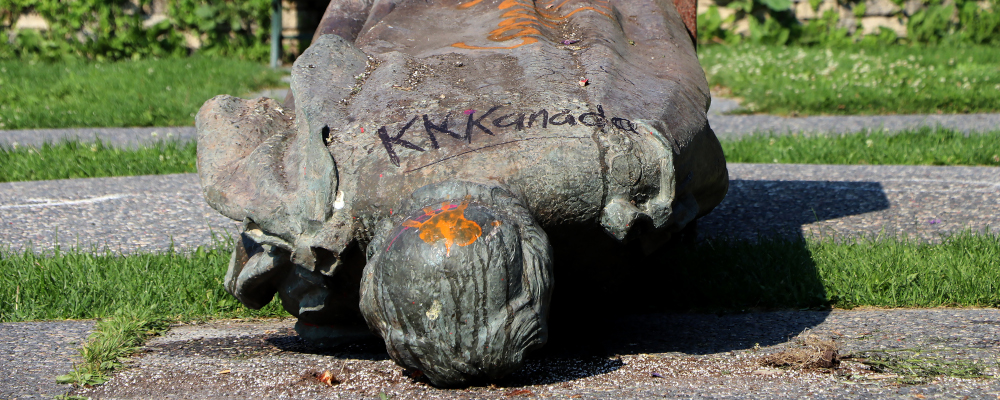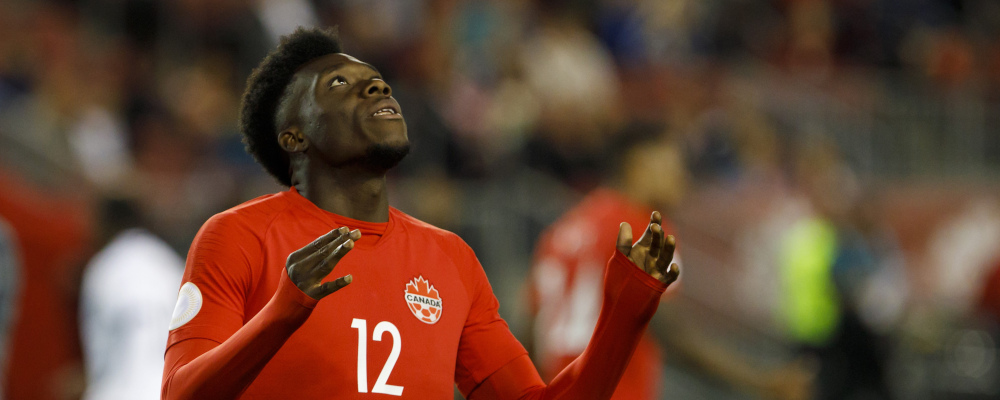Our practical politics is undergoing a realignment. The elite consensus is fracturing and parties on the left and right are grappling with populist influences as they attempt to remake their voting coalitions.
While this practical realignment works itself out, a cultural realignment is also emerging. It is easy to dismiss this version of the realignment as a performative culture war, and when it comes to Twitter, we probably should. But we should not ignore the real version of this debate emerging over dinner tables and in virtual office chats.
After all, these are the spaces we live in. Unfortunately, Canadians tend to talk past one another in these conversations just as they would online, deepening social divides and causing us to lose touch with one another.
Conservatives, in particular, tend to dismiss our progressive friends and family when they seek to engage with us on major cultural questions. We rage at cancel culture and scoff at microaggressions. Despite this, most conservatives believe that our society remains unequal and unjust in many ways.
It is time for conservatives to stop being defensive, let go of the status quo and articulate our own understanding of what a better, more just society would look like. Just as the left takes its inspiration from post-modern philosophy, we on the right should look to communitarian critiques of modernity and articulate a conservative, pluralist vision for society.
Progressives, on Twitter and in real life, do not come up with their buzzwords out of thin air. They take inspiration from a rich (if wrong) post-modern philosophical tradition. Intersectionality, critical race theory, post-colonialism, third-wave feminism and other left-wing critiques of modernity all begin with a few key thinkers who took serious issue with enlightenment-era notions of justice, freedom and equality.
Conservatives reject the communism and nihilism that emerged from this tradition, but we should not be so quick to dismiss its core insight. People are not the blank slates John Rawls and other liberal individualist thinkers wants them to be, so our ethics, our justice system and our public policy cannot and should not assume we were all born on third base.
A pluralist conservatism might require questioning free trade when Canadian workers could lose jobs.
The original conservatives, just like the post-modernists, understood that individuals are the complicated products of their environment. Income, hometown, parental education, social class, intelligence, birth order and even race, gender, sexuality and religion all play a role in shaping who we are. So why do we get our backs up when our friends and family tell us to check our privilege?
No one wants a society of vigilante cancellers and de-platformers. But conservatives are far more culturally compelling when we step out of our defensive posture. If we believe that the identity politics of the elite focuses too often on gender and race at the expense of income and class, then why not call for a more intersectional conception of justice? We all know that a poor man with an intellectual disability is more likely to have a problem navigating our courts system than a wealthy woman with a high IQ. If you doubt that, watch Making a Murderer on Netflix and you will not doubt it any longer.
A pluralist conservatism would call on our leaders to develop social policy for all of those who need it, not just those with the fastest access to elite gatekeepers. That might mean questioning free trade when Canadian workers could lose jobs, or it could mean cultivating an education system better suited to young boys who we know are more likely to struggle in traditional classroom settings.
Conservatives have our own philosophical tradition we can draw on for more inspiration. From Edmund Burke to 20th century American and Catholic communitarians, our intellectual forebearers did not call it intersectionality but they did have a vision for the common good over excessive individualism.
More recently, our ideological partners in the United Kingdom, the United States, and Australia have been experimenting with building public policy around this view and in some cases have built real political movements that speak to multi-ethnic working-class voters previously assumed to be inaccessible to conservative parties and leaders.
The progressive left’s approach to identity politics — from the toxicity of cancel culture to the empty symbolism of virtue signalling — is not contributing to a more just society. But the knee jerk response of the of the right (I’m not a racist!) is not up to the task of grappling with the big, serious problems of inequality we face.
Cultural flashpoints of the past couple years, from the killing of George Floyd at the hands of the police to the recent discoveries of more unmarked graves of indigenous children, demand more than what conventional equality-of-opportunity views of justice have to offer.
If those of us who find identity politics to be flawed want to play a role in the cultural realignment, we must articulate an alternative that is up to today’s challenges.
Recommended for You

RCMP spending to protect MPs may have risen 112% since 2018, as Canadian politicians face greater rise in threats

Geoff Russ: A future Conservative government must fight the culture war, not stand idly by

Antony Anderson: Lucy Maud Montgomery, the ‘magazine hack’ who gave us a Canadian cultural icon

Ginny Roth: Poilievre’s picture of Canada’s future looks a lot like the Calgary Stampede









